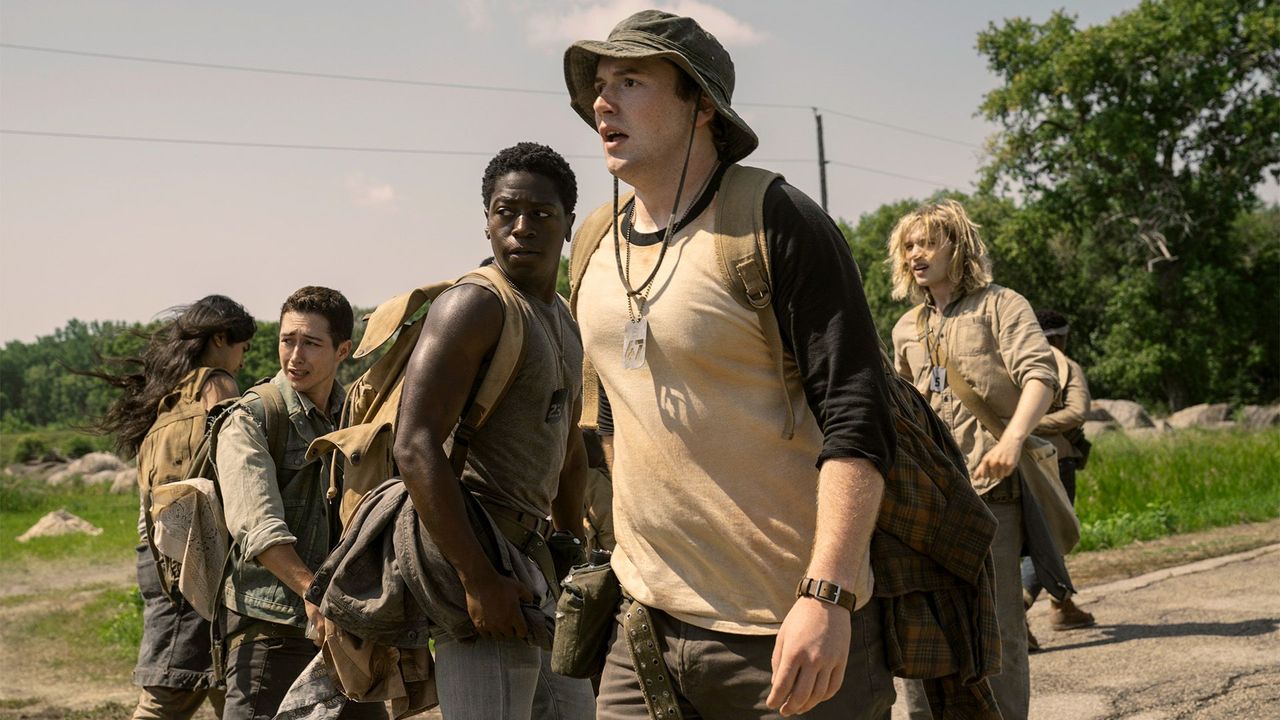In the early 1930s, a group of settlers journeyed to a remote tropical island seeking an idyllic life far removed from the chaos of modern society. Their dream was to build a self-sufficient community, free from the constraints of conventional civilization—a place where nature, simplicity, and human resilience could coexist in harmony. To outsiders, the venture appeared bold and visionary, a daring attempt to create a utopia in the heart of an untouched landscape.
The island was a vision of splendor and plenty. Verdant landscapes, untouched shores, and transparent seas created a picturesque paradise. For those who arrived, it appeared to be the perfect retreat—a fresh opportunity to live according to their own desires, to escape from the financial instability and the political chaos affecting much of the world during the Great Depression. However, as time went on, this ideal began to collapse, unveiling the glaring disparity between aspirations and harsh reality.
What started as an adventure soon turned into a fight for survival. The settlers faced relentless challenges: isolation, unpredictable weather, disease, and a scarcity of resources. Building homes, growing food, and maintaining health in an unforgiving environment demanded more than enthusiasm; it required organization, cooperation, and resilience. Unfortunately, those qualities were in short supply.
As conditions deteriorated, tensions began to rise. Disputes over leadership, resources, and personal relationships fueled hostility within the small community. Distrust replaced camaraderie, and ambitions clashed violently. Some individuals sought dominance, using manipulation and intimidation to gain control. Others became victims of jealousy and betrayal. Paradise, it turned out, was fragile—easily shattered by human flaws and unchecked desires.
The island, initially regarded as a sanctuary, transformed into a scene of turmoil and misfortune. Later accounts depicted a bleak progression of incidents characterized by mental collapse, aggressive clashes, and fatalities. The aspects intended to craft a perfect society—liberty, parity, and independence—crumbled due to avarice, fixation, and dread.
Why was this vision such a complete failure? Scholars identify multiple reasons for this. To begin with, the tough conditions amplified each error. Lacking adequate strategies, farming failed, and food resources decreased, putting the community at risk. Additionally, the lack of definitive leadership led to an opening that those seeking power took advantage of swiftly. Rather than working together, rivalry prevailed. Ultimately, personal disagreements, fueled by solitude and desperation, sparked clashes resulting in aggression.
The tragedy of this failed utopia offers a cautionary tale about the complexities of human nature and the dangers of idealistic ventures without pragmatic foundations. Dreams of escaping societal constraints often overlook an uncomfortable truth: people carry their flaws wherever they go. A new setting, no matter how idyllic, cannot erase ambition, jealousy, or the will to dominate.
The tale of this 1930s trial now acts as an eerie reminder that an idyllic setting is seldom straightforward. Beneath the allure of the tropics lay a grim truth—where basic survival urges and human weaknesses shattered a vision before it could even begin to prosper.
Lo que queda es un legado de intriga y preguntas sin respuesta. ¿Era la caída algo inevitable o podría una planificación y gestión más robustas haber salvado a la comunidad? ¿Fueron estas personas víctimas de su entorno o de sus propios demonios internos? Las respuestas quizás nunca se conozcan por completo, pero su historia perdura como un relato de ambición que se convirtió en desesperación, donde la utopía se trasformó en una ilusión y la armonía se desintegró en caos.



